Speakers Blog

Top 6 Best Portable Speakers Under 100 Bucks in...
Finding the best portable speaker under 100 bucks can be tricky, especially with the countless options available in the market. However, finding a high-quality speaker that delivers exceptional sound without...
Top 6 Best Portable Speakers Under 100 Bucks in...
Finding the best portable speaker under 100 bucks can be tricky, especially with the countless options available in the market. However, finding a high-quality speaker that delivers exceptional sound without...
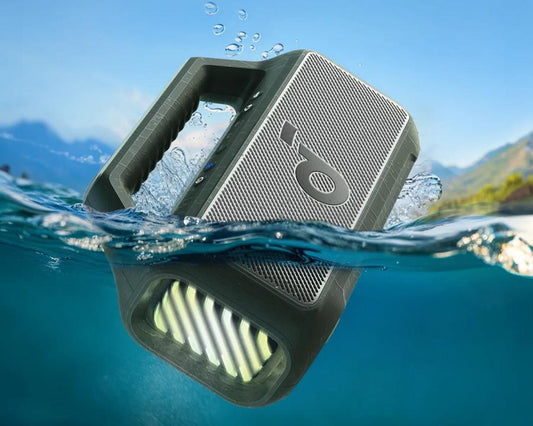
Top Picks 2025: Best Bluetooth Speaker Under $200
Music enthusiasts know that a great Bluetooth speaker can make all the difference when it comes to enjoying your favorite tunes at home or on the go. But with so...
Top Picks 2025: Best Bluetooth Speaker Under $200
Music enthusiasts know that a great Bluetooth speaker can make all the difference when it comes to enjoying your favorite tunes at home or on the go. But with so...
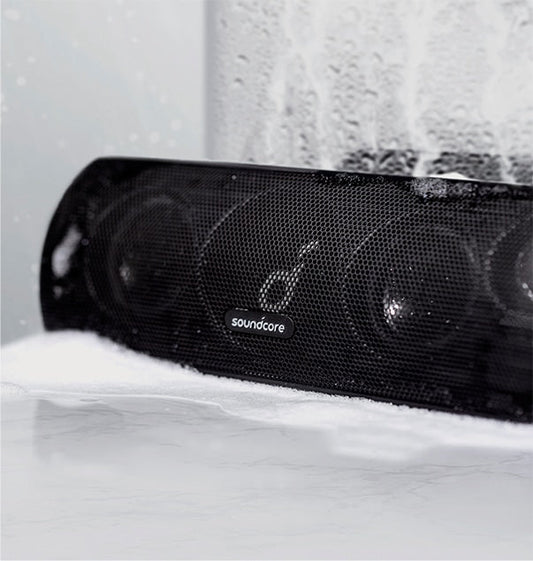
Ultimate Tech Setup: The Best Computer Speakers...
Are you looking to enhance your audio experience while working, gaming, or enjoying multimedia content on your computer? High-quality computer speakers can make a whole new difference in delivering crisp,...
Ultimate Tech Setup: The Best Computer Speakers...
Are you looking to enhance your audio experience while working, gaming, or enjoying multimedia content on your computer? High-quality computer speakers can make a whole new difference in delivering crisp,...
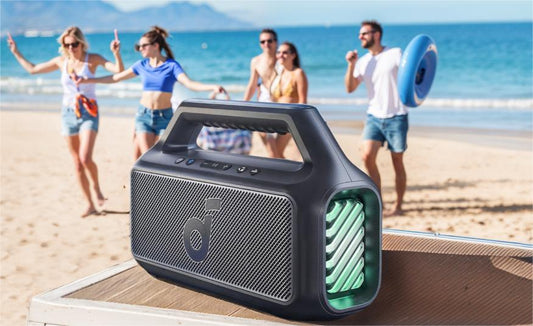
Best Bluetooth Speakers in 2025: Expert Recomme...
In the fast-evolving world of audio technology, Bluetooth speakers have become indispensable companions, delivering high-quality sound in a portable package. As we navigate 2025, the market is brimming with innovative...
Best Bluetooth Speakers in 2025: Expert Recomme...
In the fast-evolving world of audio technology, Bluetooth speakers have become indispensable companions, delivering high-quality sound in a portable package. As we navigate 2025, the market is brimming with innovative...
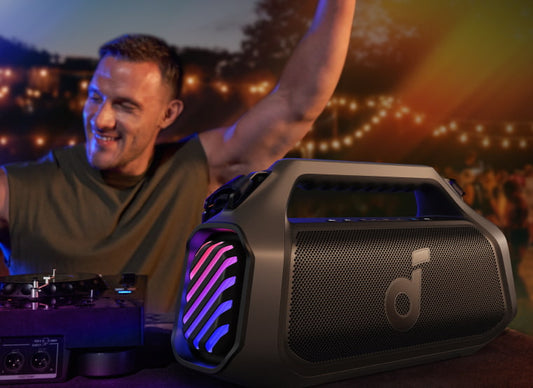
Static in Speakers: What Causes It and How to F...
Experiencing static in speakers can be incredibly frustrating, especially when enjoying your favorite music or participating in a critical conference call. This pervasive issue disrupts sound quality and can even...
Static in Speakers: What Causes It and How to F...
Experiencing static in speakers can be incredibly frustrating, especially when enjoying your favorite music or participating in a critical conference call. This pervasive issue disrupts sound quality and can even...
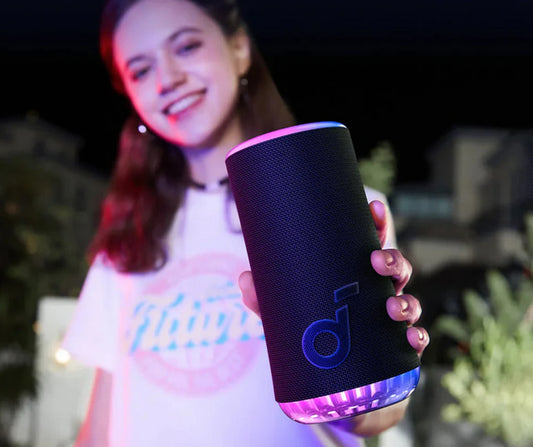
Simple Guide on How to Fix a Blown Speaker
Have you ever experienced the frustration of turning on your favorite song only to be met with distorted or no sound? It’s not a good experience, especially during a...
Simple Guide on How to Fix a Blown Speaker
Have you ever experienced the frustration of turning on your favorite song only to be met with distorted or no sound? It’s not a good experience, especially during a...